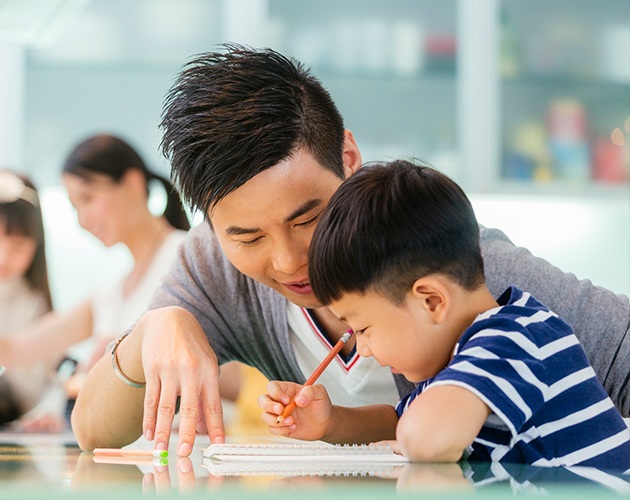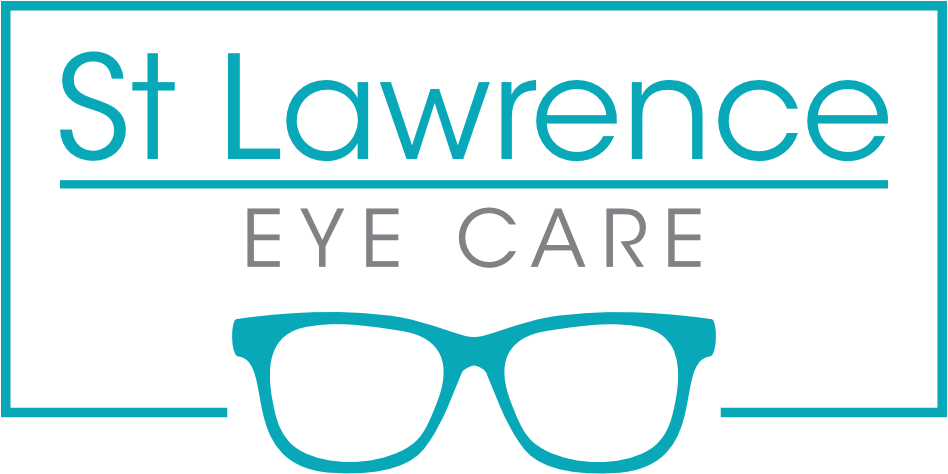
Why Should My Child Have an Eye Exam?
A survey conducted by Leger Marketing on Children’s Eye Health in July 2010, reported that 61 percent of Canadian parents mistakenly believe they would know if their child was having difficulty with their eyesight. However, many serious eye conditions do not have obvious symptoms and some eye diseases only show symptoms when the condition is advanced and difficult to treat. Conditions such as amblyopia or a “lazy eye” need to be addressed when a child is young. Comprehensive eye examinations would result in 51% more children receiving successful treatment for amblyopia by age 10.
When Should I Take My Child for an Exam?
As indicated by the Canadian Association of Optometrists evidence-based Frequency Guidelines published in Primary Health Care in 2012, Doctors of Optometry recommend infants have their first eye examination between six and nine months of age. Children should have at least one eye exam between the ages of two and five, and yearly after starting school to ensure optimal vision and development.
What is Included in a Child’s Eye Exam?
It is recommended that children have a thorough eye examination which includes:
- a review of the child’s health and vision history
- tests for nearsightedness, farsightedness, astigmatism, color perception, lazy eye, crossed-eyes, eye coordination, depth perception, and focusing ability
- the overall assessment of ocular health
What is Vision Therapy?
Vision therapy is an individualized doctor-designed program that aims to treat and improve visual function. The program is available for people of all ages who want to improve their visual efficiency and visual information processing skills. It is also used to help treat those with amblyopia (lazy eye), traumatic brain injury or concussion, and strabismus (eye turns/cross-eyed). Additionally, it can benefit individuals with focusing problems, learning-related problems, and visual efficiency problems in children with learning disabilities or developmental delays. Many athletes also use vision therapy to train their eyes to improve hand-eye coordination and eye-tracking abilities.
Some symptoms of visual problems that may need vision therapy include:
- blurry vision when reading
- eye strain at near
- difficulty focusing back and forth from different distances
- problems with depth perception, poor hand-eye coordination
- excessive fatigue after school work
- double vision
